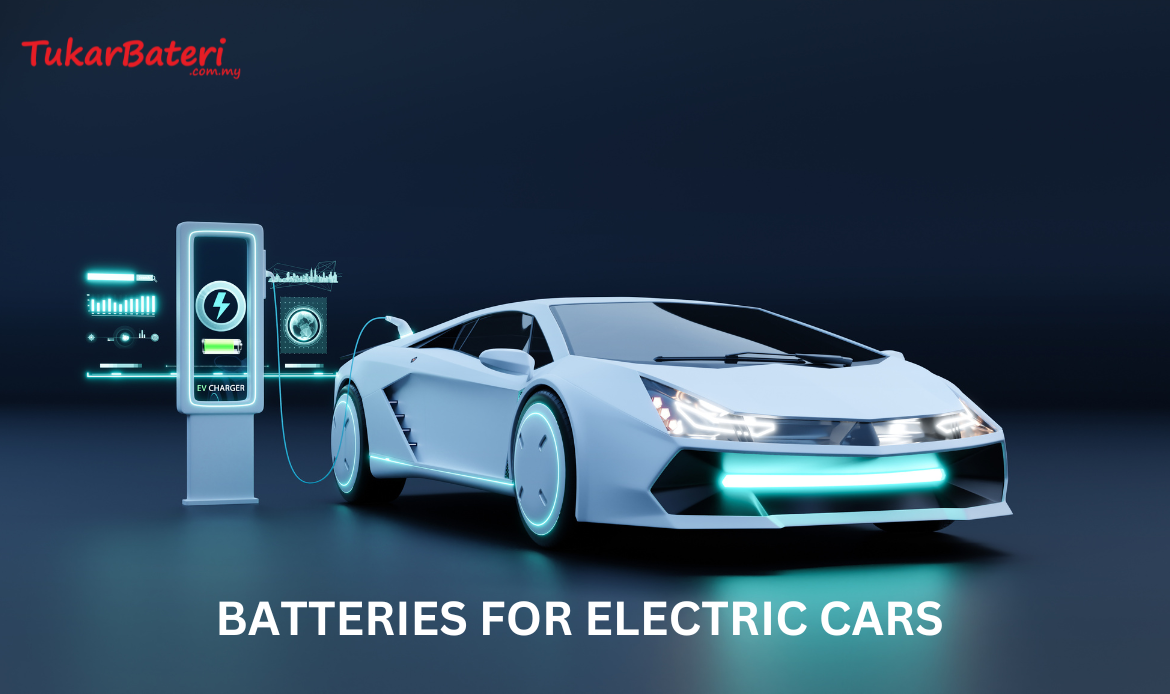As we stand on the cusp of a transformative era in transportation, electric vehicles (EVs) are emerging as the vanguards of a more sustainable, efficient, and cleaner future. The pivot from traditional gasoline-powered vehicles to electric ones signifies a major shift in how we think about mobility, energy consumption, and environmental stewardship. At the heart of this revolution lies a critical component: the battery. Battery technology is the linchpin in the widespread adoption and success of electric vehicles, offering a glimpse into a future where our journeys are powered not by fossil fuels but by electrons.
Understanding the nuances of electric car batteries, from their types and capacities to the latest technological advancements, is essential for consumers, policymakers, and enthusiasts alike. As we navigate this shift, comprehending the complexities of battery technology becomes not just a matter of technical curiosity but a prerequisite for making informed decisions in a rapidly changing automotive landscape. This exploration into electric vehicle batteries aims to demystify their science, highlight the innovations propelling us forward, and discuss the challenges and opportunities in our collective journey toward electrification.
This helpful guide will cover how electric car battery functions, what to consider when purchasing an EV, and how to distinguish the latest battery technologies from those that have become obsolete.
How does Electric Car Batteries Works?
The battery pack in an electric vehicle comprises cells, each containing a negative electrode (anode) and a positive electrode (cathode), which are separated by a material similar to plastic. Turning something on (like a flashlight) connects the anode and cathode, allowing ions to move between them through a liquid electrolyte within the cell. At the same time, electrons generated by the electrodes travel through an external wire.
This process is called discharging if the battery powers something (like the flashlight’s bulb). During discharge, ions move from the anode to the cathode across the separator, and electrons flow through the external wire from the anode to the cathode, delivering power to whatever the battery is connected to. As the battery works, its stored energy decreases.
On the other hand, when the battery is being charged, electrons are drawn into the battery from an external power source, moving in the opposite direction (from cathode to anode). This reversal causes electrons to move back to the anode from the cathode, re-energizing the cell.
What types of batteries are used in electric cars?
Most new electric cars today utilize a similar battery technology, consisting of hundreds of small cells grouped into modules within the battery. The largest batteries, which can weigh several hundred kilograms and stretch a few meters in length, are typically situated under the car’s floor in a skateboard configuration.
Peter Rawlinson, the former Tesla engineer now CEO at Lucid, notes the importance of understanding battery terminology: “The individual components are the cells, and when assembled, they form the battery.” These cells are compiled into a battery unit that is thermally managed to ensure it operates at an ideal temperature in both hot and cold weather conditions, as illustrated in the diagram below.
Types of batteries used in electric vehicles include:
– Lithium-ion batteries: Commonly used by most EV manufacturers (e.g., Tesla, Jaguar)
– Nickel-metal hydride batteries: Typically seen in hybrid vehicles (e.g., Toyota)
These batteries share similar chemistry to those found in modern smartphones, like the ones in Apple iPhones or Samsung Galaxy devices, but on a much larger scale.
Batteries in EVs need to meet complex requirements: they must store significant energy, recharge quickly, maintain their energy density across thousands of charge cycles, and withstand the rigors of driving and variable weather conditions.
Electric Car Battery Capacity
EV batteries must be large enough to power vehicles that weigh over two tones. Their capacity is measured in kilowatt-hours (kWh), which reflects the amount of energy storage available over time. This can be likened to the fuel tank size of a traditional combustion engine car.
For example, a Tesla Model S with a 100kWh battery can deliver up to 100 kilowatts of energy in an hour. However, typical driving consumes less energy, allowing the battery to last several hours before recharging.
Choosing an EV means selecting a vehicle with a battery capacity that suits your driving needs. For city driving and short trips, a smaller battery capacity may suffice.
Emerging electric cars like the Honda E come with smaller batteries, like a 35kWh battery offering about 130 miles of range, adequate for city living. However, vehicles like the Jaguar i-Pace with an 85kWh battery, claiming a 292-mile range, might be preferable for longer range.
Why Electric Car Batteries Are Expensive
The large batteries in EVs contain expensive and rare metals, contributing to their high cost. This is a significant factor in the higher prices of electric cars compared to their petrol or diesel counterparts. However, battery costs are gradually decreasing, even though EVs are still more expensive than traditional cars.
Dangers and Environmental Impact
Electric car batteries are subject to rigorous safety testing and come with extensive safety measures to prevent any danger to passengers, including the risk of high voltages or fires in accidents.
Moreover, studies suggest that despite the higher manufacturing costs, EVs are more environmentally friendly over their lifecycle. At the end of their service life, the batteries can be repurposed for energy storage, contributing to more efficient home energy use.
Is this the end for Lithium-Ion Batteries? Not quite. Despite the advantages of solid-state technology, lithium-ion batteries are still evolving. Innovations like StoreDot’s fast-charging technology, capable of adding 100 miles of range in just 5 minutes, are set to extend their relevance in the EV market.
Conclusion
In conclusion, understanding battery technology becomes essential as the automotive world shifts towards electric vehicles. The transition from traditional combustion engines to EVs involves adapting to new terms like kilowatts and kilowatt-hours and necessitates a deeper understanding of the types of batteries powering these vehicles, their capacities, and the technological advancements driving their evolution.
The benefits are clear despite electric car batteries’ initial complexity and cost. These batteries are key to powering cleaner, more sustainable modes of transportation, offering significant environmental advantages over their lifecycle compared to traditional vehicles. Moreover, with the continuous advancements in battery technology, such as the development of solid-state batteries and fast-charging capabilities, electric vehicles’ efficiency, convenience, and affordability are expected to improve, making them increasingly accessible to a broader audience.
Electric vehicles represent a significant step in reducing our carbon footprint and advancing towards a more sustainable future. As battery technology continues to evolve, the prospects for EVs become even more promising, signaling a transformative period in the automotive industry that holds great promise for both the environment and consumers.
Call Us Now!!!
Free Car Battery Delivery and Installation
We Cover:
Klang Valley | Penang | Terengganu | Johor | Kelantan | Malacca | Perak


